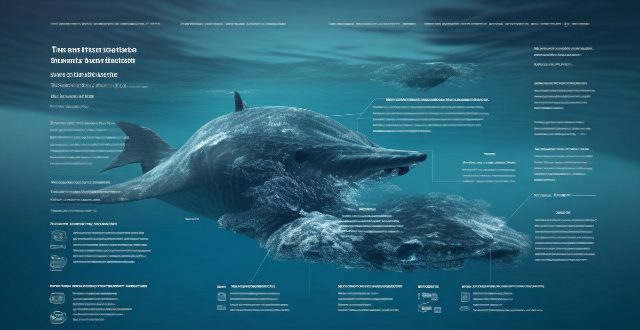This article discusses the maximum depth a recreational diver can reach and the factors that affect this limit, including training and experience, diving certification, physical fitness, and equipment. It also provides general guidelines for maximum depth limits based on certification and experience level and highlights the risks associated with deeper dives, such as decompression sickness, nitrogen narcosis, and oxygen toxicity. The article emphasizes the importance of staying within one's comfort zone and following the depth limits set by their certification agency to minimize these risks.

Maximum Depth for Recreational Divers
Recreational diving is a popular activity that allows people to explore the underwater world. However, it is important to understand the limitations and risks associated with diving at different depths. In this article, we will discuss the maximum depth a recreational diver can reach and the factors that affect this limit.
Factors Affecting Maximum Depth
The maximum depth a recreational diver can reach depends on several factors, including:
- Training and Experience: The level of training and experience of the diver plays a significant role in determining their ability to dive at greater depths. More experienced divers may be able to handle deeper dives better than less experienced ones.
- Diving Certification: Different diving certifications have different depth limits. For example, the Open Water Diver certification from PADI (Professional Association of Diving Instructors) allows divers to go up to 60 feet (18 meters) deep.
- Physical Fitness: A diver's physical fitness level also affects their ability to dive at greater depths. Divers who are in good physical condition may be able to handle deeper dives better than those who are not as fit.
- Equipment: The type of equipment used by the diver also affects their ability to dive at greater depths. High-quality equipment can help reduce the risks associated with deeper dives.
Maximum Depth Limits for Recreational Divers
The maximum depth limit for recreational divers varies depending on their certification and experience level. Here are some general guidelines:
- Open Water Diver: Up to 60 feet (18 meters)
- Advanced Open Water Diver: Up to 100 feet (30 meters)
- Rescue Diver: Up to 100 feet (30 meters)
- Master Scuba Diver: Up to 130 feet (40 meters)
It is important to note that these depth limits are just guidelines and should not be exceeded without proper training and certification. Divers should always follow the depth limits set by their certification agency and dive within their comfort zone.
Risks Associated with Deeper Dives
While diving at greater depths can provide an exciting experience, it also comes with increased risks. Some of the risks associated with deeper dives include:
- Decompression Sickness: As divers descend deeper into the water, they are exposed to higher levels of nitrogen in the air they breathe. If they ascend too quickly, nitrogen bubbles can form in their bodies, causing decompression sickness or "the bends."
- Nitrogen Narcosis: Also known as "rapture of the deep," nitrogen narcosis occurs when divers breathe air containing high levels of nitrogen at depths greater than 100 feet (30 meters). This can cause confusion, impaired judgment, and loss of consciousness.
- Oxygen Toxicity: When divers breathe air containing high levels of oxygen at depths greater than 100 feet (30 meters), they risk developing oxygen toxicity, which can lead to seizures and death.
Conclusion
In conclusion, the maximum depth a recreational diver can reach depends on several factors, including their training and experience level, diving certification, physical fitness, and equipment. It is important for divers to stay within their comfort zone and follow the depth limits set by their certification agency to minimize the risks associated with deeper dives. By doing so, they can safely enjoy the beauty of the underwater world while staying safe and healthy.